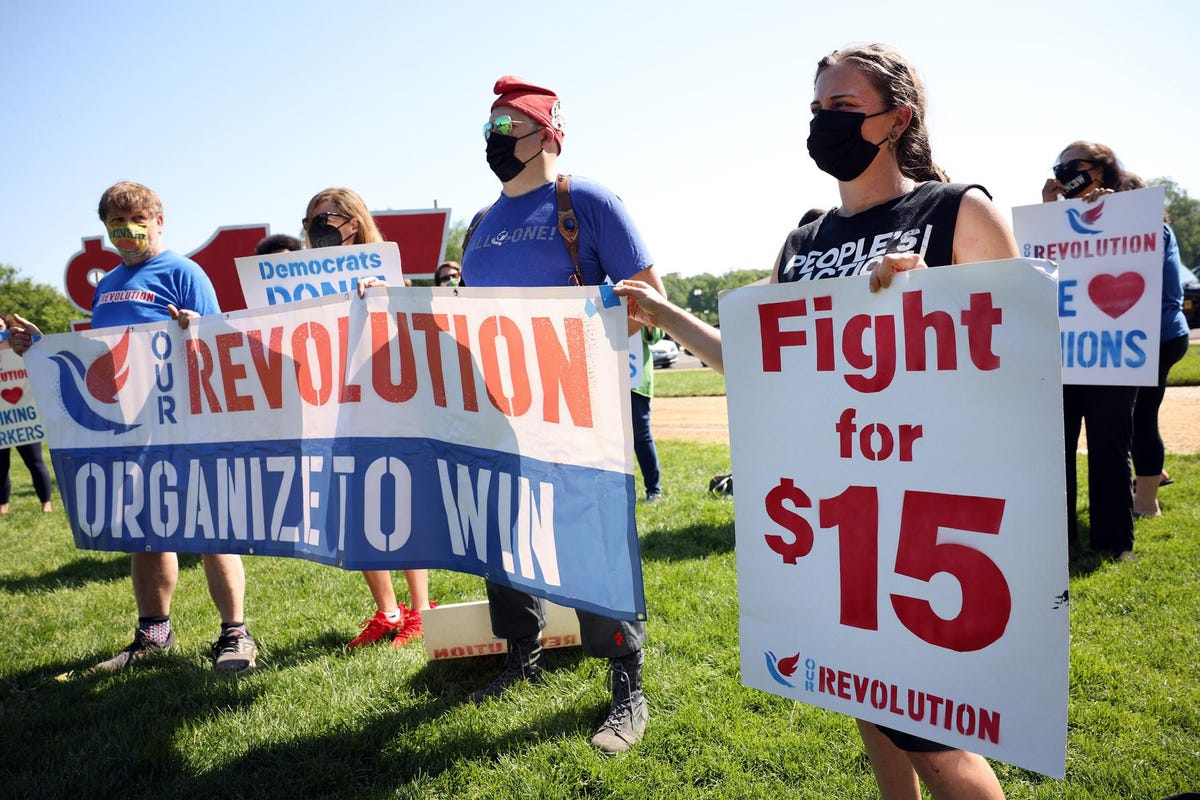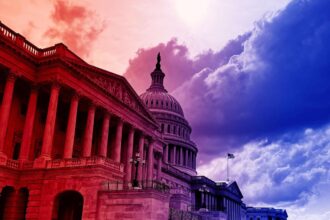Fed Using The Wrong Rule Book
When the Fed started hiking interest rates to fight inflation two years ago, I worried.
My professor alarm flashed red; the tactic to create recessions to discipline workers is flawed, costly, and outdated.
Workers’ wages have not exceeded productivity for decades—the Economic Policy Institute has faithfully followed these numbers. And in 2021 Georgetown economist, Sharat Ganapati, published his research finding worker surplus went to profits.
Employers have power to set wages; they aren’t the passive agents you learned about in baby economics class operating on a knife edge to keep prices at a minimum and forced to pay market wages. Employers protect profits by squeezing workers and squeezing consumers. Now consumers are feeling the price squeeze; but inflation is not workers’ fault. The Fed is operating with the wrong rule book, to think causing unemployment is the best way to solve inflation.
So, you can see why every first Friday of the month I get worried the Fed will think the economy is hot just because more workers aren’t afraid, more workers aren’t on the streets looking for a job; and wages increase a little bit.
Nice Stable Labor Market
The unemployment rate is only 3.5% and job growth – 236,000 is pretty much in line with labor supply growth.
The slowdown in employment is concentrated where you would expect, in banking, finance and tech where headlines about layoffs dominated the news last month. People are flooding back to restaurants and hotels so employment is up in leisure and hospitality, and the wage growth pattern is what you would expect. Wages in information in finance, not surprisingly, decreased and so did their quit rates. Workers are twitchy in that sector.
It is good for society that our lowest-paid workers are getting wage increases, due in part to their quit rates are among the highest in society. McDonald’s, Hilton, may be feeling a bit more loyalty as their workers threaten to leave. Higher pay helps to keep and attract their workers. Workers in leisure in hospitality are the least paid in our society — $20.96 an hour; but pay is up from last month by $.16. Retail is not far ahead of them with an average wage of $23.79 – up just one cent from last month. The highest paid workers in society are the skilled workers and unionized workers in utilities – their wages increased by 46 cents from $49.02 last month.
Over, all workers are a bit more worried. Quit rates not increasing and the share of the unemployed that come from job leavers continues to fall this month to 14.2 percent, down from the high in 15.3 in January 2022 (I watch Table A 11 in the Friday BLS report). The Thursday’s labor report — JOLTS – backs up the view workers are a little nervous. Average quit rates are unchanged at 2.6, but notably workers in the rocky-road finance sector are less willing to “take-their-job -and-shove-it”; their quit rates fell. (See Table 4 in JOLTS.)
Quits increased in the low paid accommodation and food services which help explain the peppy wages at the very bottom. Bottom line: the labor market is stable, but not overheated.
The Fed Should Stay Put
This morning’s report showed a nice stable strong market for workers. Not too hot and not too cold. The Fed should not see anything here to goad it into continuing their hike in interest rates. There is no sign here unemployment needs to be used as a discipline device to scare workers, so they don’t ask for wage increases.
The Federal Reserve should slow down its interest rates hikes and not rely on outdated theories from the 1970s to fight inflation by causing a recession.
I see agreement from the finance sector. Ben Vaske an Investment Strategist from Orion Portfolio Solutions said this morning that, “While the unemployment rate is still at historic lows, this morning’s jobs report showed signs of cooling in the labor market…… cooler labor growth could provide a basis for a rate hike pause.”
Read the full article here










